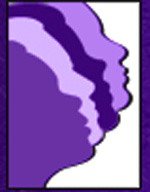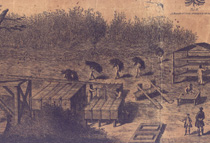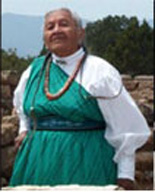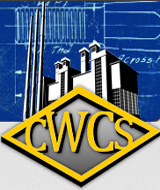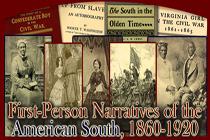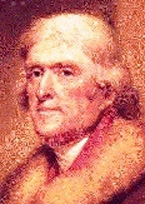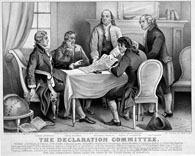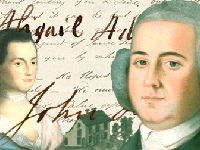Regarding Vietnam: Stories Since the War
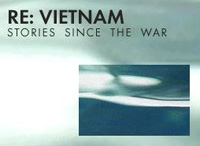
Created in 1996 to facilitate a "dialogue across differences," this site provided a space where stories, opinions, photographs, and memories pertaining to the Vietnam War era were collected, organized according to broad topics, and displayed. In addition, visitors to the site between 1996 and 1998 participated in 227 discussion groups ranging in subject matter from protests against the war (which provoked 420 responses) to effects of the war on children today (which only drew two communications).
Material ceased to be added to the site in 1998, search capabilities no longer work, and full texts of contributed stories are no longer accessible. Still, excerpts of 45 stories—on topics such as the "Wall," movies, reconciliation, scars, heroes, and history—remain accessible, as well as complete texts from the discussion groups.
The site also includes a useful 2,400-word guide by Bret Eynon to conducting oral histories on the impact of the Vietnam War era, which makes the salient point "that the goal is to gather stories not just about experiences of that time, but how those experiences have influenced people's lives since then."
A valuable site for those studying the war and its legacy.
